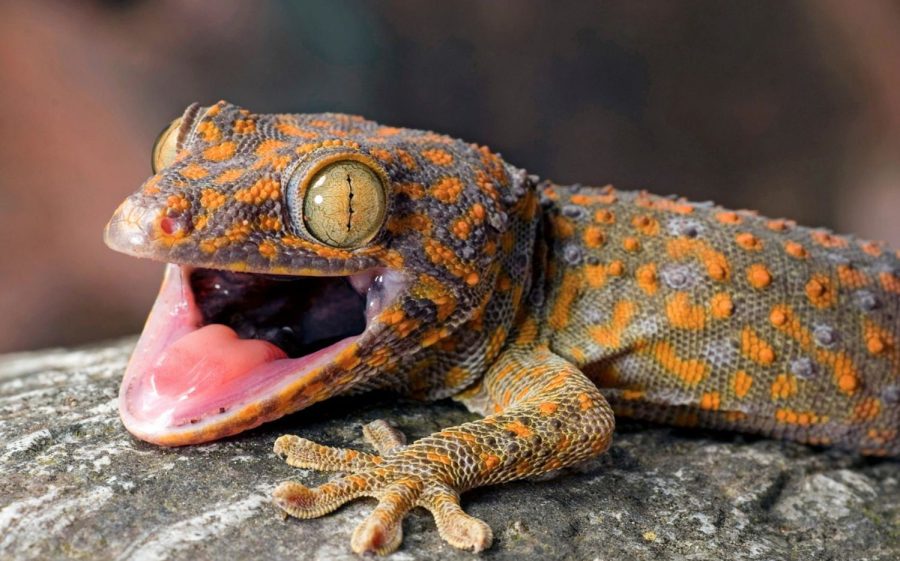Univ. Professor’s research map every vertebrate on Earth
October 31, 2017
University Biology Professor Aaron Bauer, Ph.D. was part of an international team of scientists that recently completed the first ever-global review and map of every vertebrate on Earth. This research, which was recently published in Nature Ecology & Evolution, will be instrumental in the future of conservation efforts.
While data on the geographic distribution of mammals, birds and amphibians has been easily compiled in the past by the International Union for the Conservation of Nature (IUCN), there has been a significant gap in the data on reptiles up until now. To remedy this discrepancy, the authors of this paper took it upon themselves to develop the first catalogue and distribution map for the more than 10,000 living reptile species on the earth based on museum specimens, literature records and their own field experience.
Their studies were composed over a six-year period by a team of 39 scientists, each representing geographical areas of expertise in reptile distribution and taxonomy from around the world, and will be used in conjunction with the maps and reviews of other animal groups to create one comprehensive “atlas of life.” Bauer’s geographic specialties are southern and central Africa, India and New Caledonia, and his taxonomic specialty is lizards, especially geckos and skinks. Thus, the role of each of the contributors was to make sure the taxonomy was correct for their groups of expertise and to provide the distributions of reptiles that occur in their geographic areas.
Bauer classified this undertaking as a truly global project involving people from all over the world and incorporating work from all types of people, even some of his students.
The significance of the research of Bauer and his colleagues expands to ecosystem conservation for decades to come. In order to best protect wildlife, it’s important to know where species live so that funding can be allocated in the right places.
“What the goal really was to basically find out where all the 10,000 species of reptiles in the world live,” Bauer said. “If we don’t know that, we can’t do much about conservation because you don’t know where you want to put parks to protect them, and you don’t know what areas have the greatest diversity.”
Since the reptiles were the hardest group to document due to their lack of funding and scattering all over the world, their distribution patterns were not understood, and they were often left out of the equation in conservation efforts.
“When you look at priority areas for conservation, it’s going to be biased towards the groups that have been studied rather than the groups that were not studied,” Bauer said. “It turned out in the study that this was important because birds and mammals and amphibians share similar patterns for global distribution.”
The patterns of reptiles are so different than those of the other groups, so the strategies of conservation need to be re-thought and updated with them in mind.
“If you’re making your decisions without [certain species], you’re going to end up with a bias and large numbers of species that are not protected in any way,” Bauer said.
The IUCN is already using the atlas to classify the featured species with a rating that will range from “critically endangered” to “least concern,” in order to articulate which species require the most conservation effort.
Moving forward, the work of Bauer and the other scientists will allow a range of stakeholders— from countries to conservation organizations, businesses to individuals— to understand the biodiversity in their environment, its significance and most importantly, what they can do to better protect it.
In addition, this research will be a crucial resource for all kinds of questions regarding biodiversity.
“It was worth everyone’s while to put in effort because we have all these big questions that can’t be answered by a single researcher or a single lab,” Bauer added. “By pooling our knowledge in this case, this is sort of a well we can keep going back to, to ask any kind of spatial question in biology, and we can now of course ask it not only for reptiles, but for all terrestrial vertebrates. And that’s really the first time that’s been true.”











